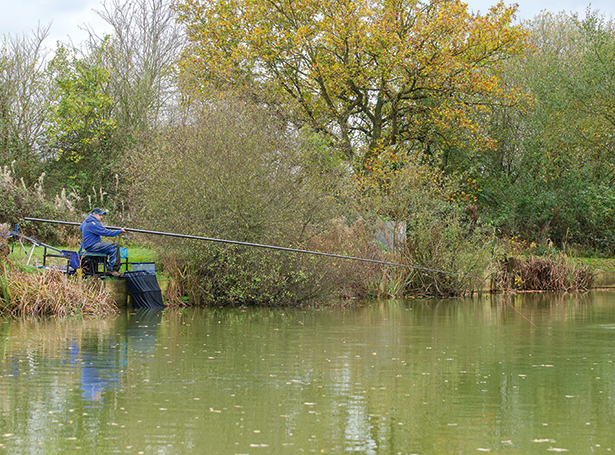Skill School – Striking
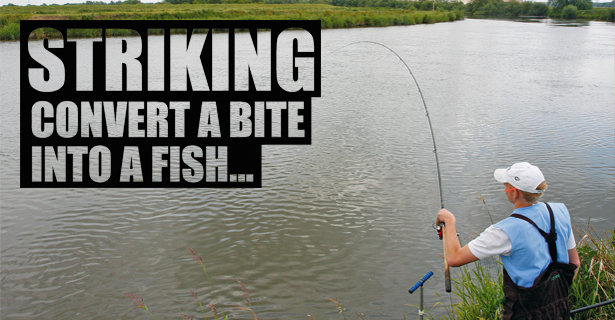

Skill School - Striking - Convert a bite into a fish.
So, you’ve waited all day for that single bite, your float sails under, your quivertip bends round or your alarm screams off… what comes next is the strike and this is one of the key basics that you’ll need to master – an incorrect strike could see you miss that fish of a lifetime and we don’t want that.
1.) Feeder Fishing Sit on your chair or box, with an angle of between 45 and 90 degrees between your rod and line. When your tip pulls round you don’t have to strike overly hard, especially if you’re using fine hooklengths and light lines.
A smooth sweep backwards, not upwards or downwards, should see you set those hooks nice and firmly, with little chance of ‘snapping off’ or pulling the hook out.
A good tip is to set yourself up so you’re facing to the right if right-handed and to the left if left-handed; that way you’ll be striking away from your body, which makes for a smoother strike and allows you more room to move your rod.
Buy Feeder Fishing Tackle
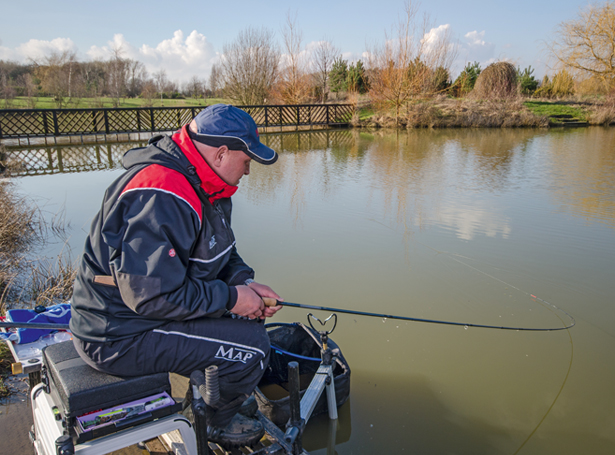
2.) Float Fishing As with feeder fishing try not to strike really hard; with sharp hooks and a balanced setup you really only need to lift into the fish.
The further out you fish the more line there is that you need to tighten up to and therefore the harder you’ll have to strike; this can only be judged when out on the bank so if you haven’t been float fishing before make sure you go with an experienced angler first up. After a bit of practice you’ll know the strength needed when striking.
Buy Float Fishing Tackle
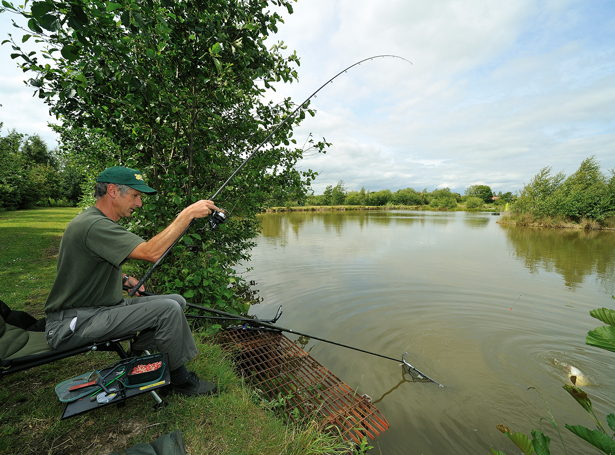
3.) Deadbaiting Deadbaiting is a whole different ball game to float and feeder fishing. Pike and zander have bony mouths that are much harder than non-predatory coarse fish and because of this you’ll have to strike harder in order to set your hooks. To help you do just that, and to ensure the safety of your fish, we’d advise using strong braid (40lb) for pike fishing. Braid has almost no stretch and will put you in contact with your fish quickly, setting those sharp trebles of yours.
Don’t listen to those old stories about waiting 10 seconds for the pike to ‘turn the bait’ – when you receive a bite, strike instantly or within one or two seconds.
For zander, scale down your tackle slightly but keep those key elements – strong braid, sharp hooks and a powerful rod.
Buy Predator Fishing Tackle
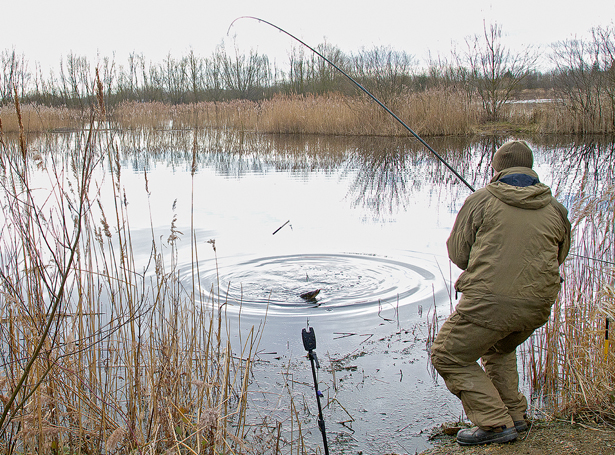
4.) Pole Now, when fishing the pole you don’t strike like you would when rod-and-line fishing. When your float buries simply tilt your pole upwards – a simple upward lift is all that is needed – and then let the elastic do the work. To do this, many anglers use their knee to smoothly lift the pole.
Buy Pole Fishing Tackle
